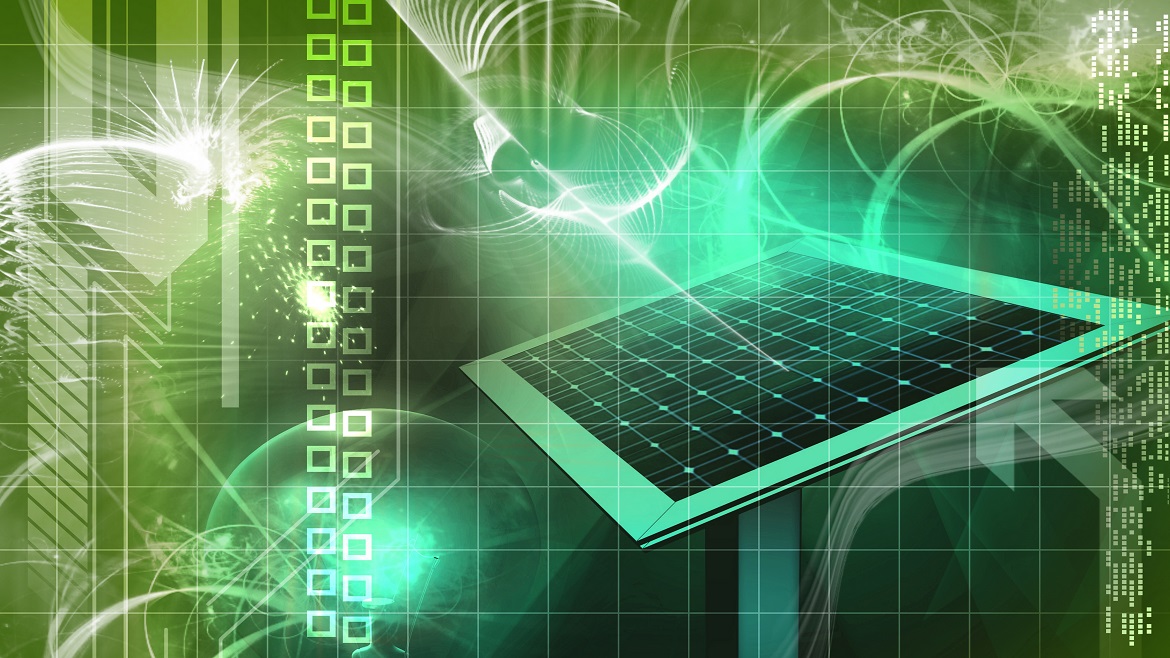Twenty billion objects or more will be connected to the Internet by 2020 according to recent estimates. Driven by the falling costs of sensors and network components, the Internet of Things (IoT) is the name given to the increasing trend for many types of devices to be connected to the Internet that have the ability to sense, communicate, network and produce new information. Sensors and applications have expanded rapidly in recent years: they have been embedded in things as diverse as cattle to monitor health and in running shoes to report runner performance statistics, as well as in urban street furniture, in vehicles and in all kinds of industrial equipment.
Several factors drive the expansion of the IoT:
- The IoT has the potential to help address a number of increasing societal challenges. Accelerating urbanisation, resource scarcity and environmental concerns are all areas where the IoT can play a role. Intelligent apps using IoT data have the potential to reduce both costs to industry and environmental damage significantly. In the transport sector, for example, the UK government-funded Stride project (www.stride-project.com) developed a smartphone-based app to advise HGV drivers on how to maximise fuel efficiency while en route. An initial pilot with Turners Haulage indicated fuel savings of around 1.6 pence per mile. Given that the UK HGV fleet mileage is 15.4bn per year, this equates to total possible savings of £246m annually.
- People and organisations are getting increasingly comfortable with sharing information: tens of millions of tweets are sent every day, and 20 hours of video content is shared to YouTube every minute. Thus there is a broad acceptance of the notion of the information-sharing platform on which the successful use of IoT data will depend. But we will also need appropriate policies and technologies that protect the privacy and security of individuals.
- Business ecosystems are increasing in scale and complexity, and managing numerous relationships in a complex marketplace is challenging. Similarly, a city comprises a set of intricate, interdependent systems which are currently difficult to co-ordinate. The ability to monitor and control aspects of the physical world, made possible by the IoT, is thus becoming increasingly attractive. For example, if all players in a complex manufacturing value chain publish sensor data to an IoT hub, there is the opportunity for much-improved visibility, planning and management compared with the current situation, where each player can typically only interact with their immediate contacts in the chain.
- Achieving the scale and connectivity envisaged for the IoT depends on the ability to deploy and operate connected sensors, controllers and actuators cheaply and easily. Network access has rapidly improved, with a range of wired and wireless access technologies now providing wide coverage. Flexible computing infrastructures such as the cloud offer the ability to deploy applications on demand in any region of the world and the cost of networked sensors continues to fall.
The IoT is at an early stage, so the market size is hard to predict. According to Michael Nelson, professor of communication, culture and technology at Georgetown University (Washington, DC), estimating the market for IoT now is a similar task to trying to calculate the market for plastics in the 1940s, when it was impossible to imagine that plastic could be in everything. “If you look at information processing in the same way, you begin to see the vast range of objects into which logic, processors or actuators could be embedded,” says Professor Nelson.[1]
However, there is growing recognition of the potential impact of the IoT by both industry and government leaders. The Groupe Speciale Mobile Association, a global organisation of mobile operators, estimates that connected devices will lead to a US$1.2tn addressable market for mobile network operators by 2020. The EU and national governments have identified the potential of the IoT to make a significant contribution to economic growth in the medium term. The EU is investing €51m of its Horizon 2020 research budget (a research and innovation programme) in the development of the IoT and platforms for connected small objects, which it estimates will support economic growth at an annual rate of 20%.[2]
In short, the IoT has the potential to impact almost every sector of the economy.
This blog is part of a series managed by The Economist Intelligence Unit for HSBC Commercial Banking. Visit HSBC Global Connections for more insight on international business.
The views and opinions expressed in this article are those of the authors and do not necessarily reflect the views of The Economist Intelligence Unit Limited (EIU) or any other member of The Economist Group. The Economist Group (including the EIU) cannot accept any responsibility or liability for reliance by any person on this article or any of the information, opinions or conclusions set out in the article.
[1] Harwood, T., Doukas, C., Back, A. and Ruth, K., “Postscapes: Tracking the Internet of Things”, Postscapes Labs. Retrieved October 28th 2014 from http://postscapes.com/




